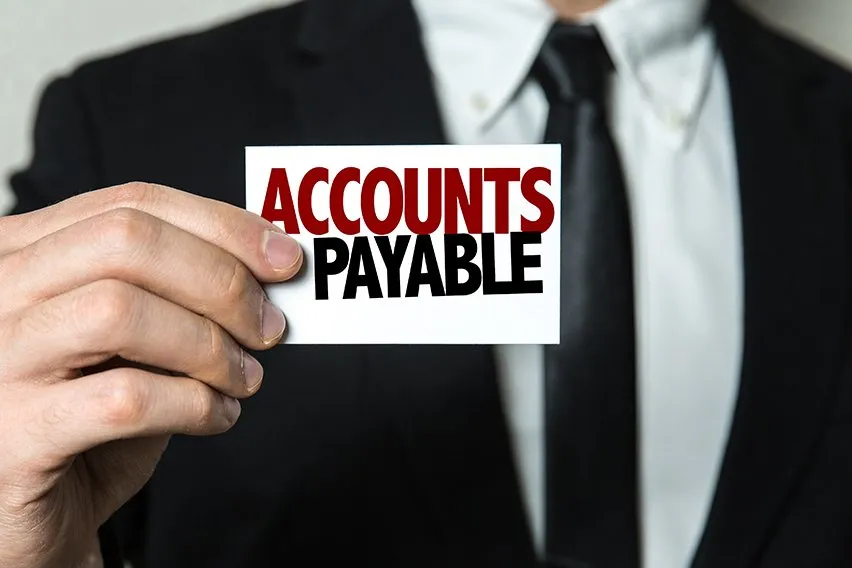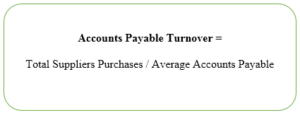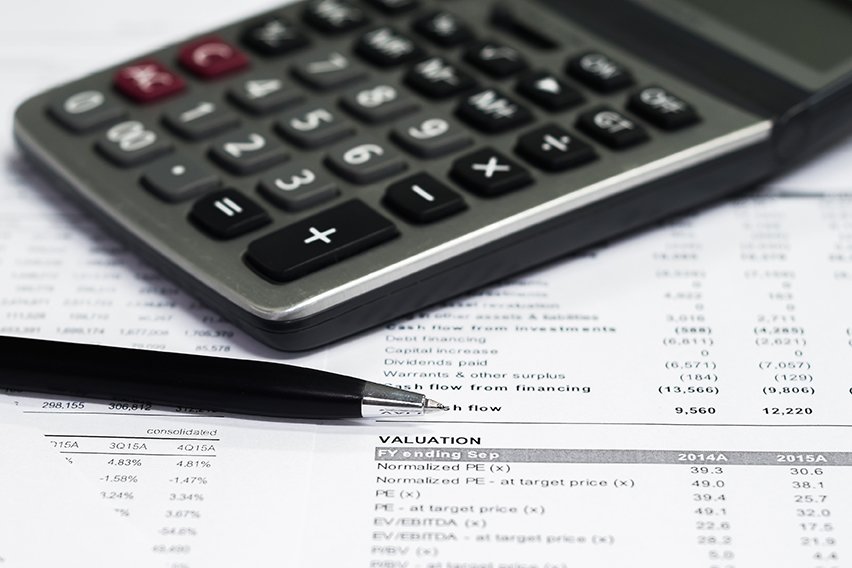How to Audit Accounts Payable in Your Small Business

Accounts payable is an important area of your business to audit because of risk.
To audit accounts payable, you must match the ledger transactions to the figures in your general ledger. Cutoff tests check to whether transactions for the fiscal year are indeed included in your business’ end of year financial statements.
Often an accounts payable audit can be the sole focus of an audit. This is because it is easy to increase a company’s net income by not recording period-end payables and many forms of theft occur in the accounts payable area.
So accounts payable auditing strategies are focused on fraud risk assessment standards that were set by the Auditing Standards Board of the American Institute of Certified Public Accountants. This process ensures that invoices and statements, as well as any other liabilities and accumulated expenses, have been properly recorded manually or in an accounting software.
This article covers:
- 4 Steps of An Accounts Payable Audit
- How to Find Accounts Payable
- How to Calculate Accounts Payable Turnover
- Can Accounts Payable Be Negative

4 Steps of An Accounts Payable Audit
Audit for Completeness
Auditing for completeness addresses the main auditing objective that is the most vital part of the accounts payable auditing process.
Cut-off tests, reconciliation and audit trails are the primary ways auditors can indicate whether documents have been properly recorded and calculated. A company must show in their year-end financial statements cut-off tests for purchases and cash payments for goods and services received by the end of that year. Auditors will use an audit trail to match payments to recorded payables and will seek out open files with unmatched documents.
Audit for Validity
Auditors will look at the validity of accounts payable transactions. Most commonly, an auditor can establish the legitimacy of a transaction by reaching out to vendors and suppliers to get a confirmation request.
The number of vendors and which specific vendors and suppliers that receive requests can vary depending on the business. Most auditors will contact regular vendors and suppliers, whether there is an outstanding balance or not.
When an auditor discovers one or more open invoice, they will reach out a percentage of your business partners too.
Audit for Compliance
There are general accounting principles that accounts payable transactions must follow.
When auditors are auditing for compliance, they are determining whether accounting procedures and principles were followed.
Audits usually start backwards by starting with year-end financial statements like balance sheets, income statements and cash flow statements. They then choose random entries in your business’s general ledger to trace back to their origin.
Tracing your company’s audit trail allows auditors to discover the exact path of a transaction and evaluate whether the right accounting procedures were used.
Audit for Disclosure
The final step to the accounts payable audit process is to ensure your payable balance was properly disclosed in your year-end financial statements.
An auditor can audit for disclosure by inspecting financial statements to verify things such as current liability and if purchases are included in the cost of goods calculations. Footnotes that provide details for unusual transactions may be required for further explanation that can’t be garnered by the simple recording of the transaction.
As a final auditing method, auditors might ask a business to disclose a mandatory management representation letter attesting that all financial statements fully represent accounts payable and purchases.
How to Find Accounts Payable
Accounts Payable can be found on your company’s balance sheet as a liability.
This amount represents the short-term debt or money owed to suppliers and creditors by a company and indicates the amount for vendor invoices that have been recorded but not yet paid.
Accounts Payable have payments terms associated with like a period in which a company must pay off their balance. If the company doesn’t pay its balance according to their terms, their account then goes into default.

How to Calculate Accounts Payable Turnover
The accounts payable turnover ratio is a short-term liquidity measure used to quantify the rate at which a company pays off its suppliers. Accounts payable turnover ratio is calculated by taking the total purchases made from suppliers, or cost of sales, and dividing it by the average accounts payable amount during the same period.

Can Accounts Payable Be Negative?
When a company pays out more than the amount required to vendors or suppliers for their accounts payable it appears as a negative liability on their balance sheet. This could happen if you accidentally paid a supplier twice.
Negative liabilities are usually small amounts that are aggregated into other liabilities. They often appear in your accounts payable as a credit, which a company can use to offset future payments from suppliers. Technically, a negative liability is considered a company asset and should be classified as a prepaid expense.
RELATED ARTICLES

 Accounting Forecasting Techniques and Tips for Small Businesses
Accounting Forecasting Techniques and Tips for Small Businesses What Is Work Order Accounting? Why It’s Important to Your Business.
What Is Work Order Accounting? Why It’s Important to Your Business. How to Calculate Equity Income in 4 Easy Steps
How to Calculate Equity Income in 4 Easy Steps How to Create a Single-Step Income Statement and Simplify Your Small Business Accounting
How to Create a Single-Step Income Statement and Simplify Your Small Business Accounting Should I Hire An Accountant For My Small Business?
Should I Hire An Accountant For My Small Business? How to Categorize Expenses: 14 Small Business Expense Categories to Consider
How to Categorize Expenses: 14 Small Business Expense Categories to Consider